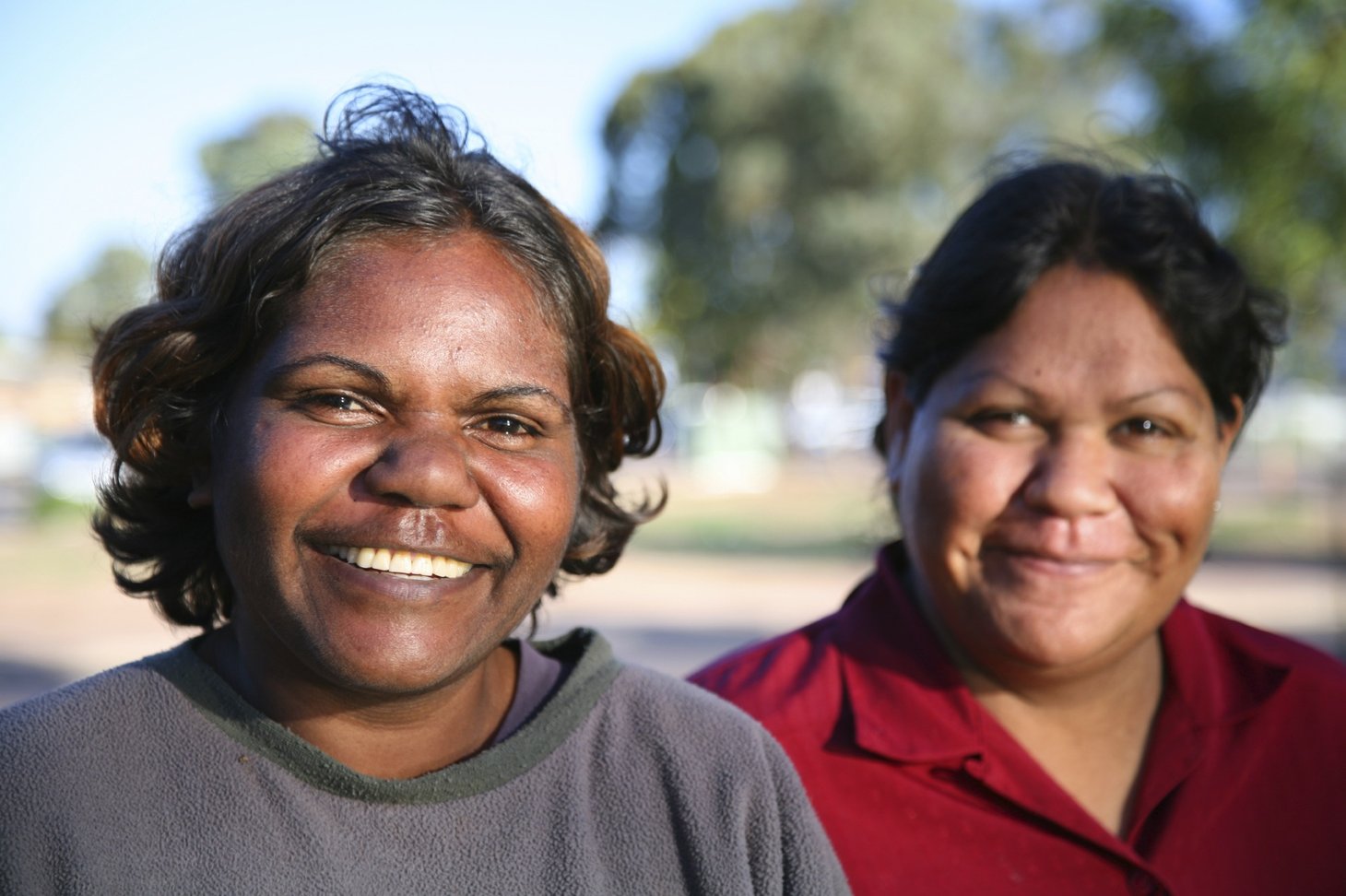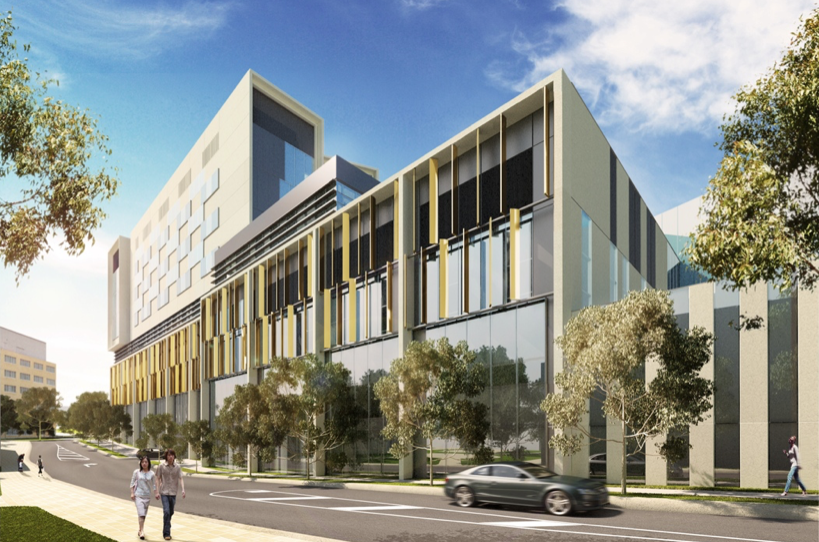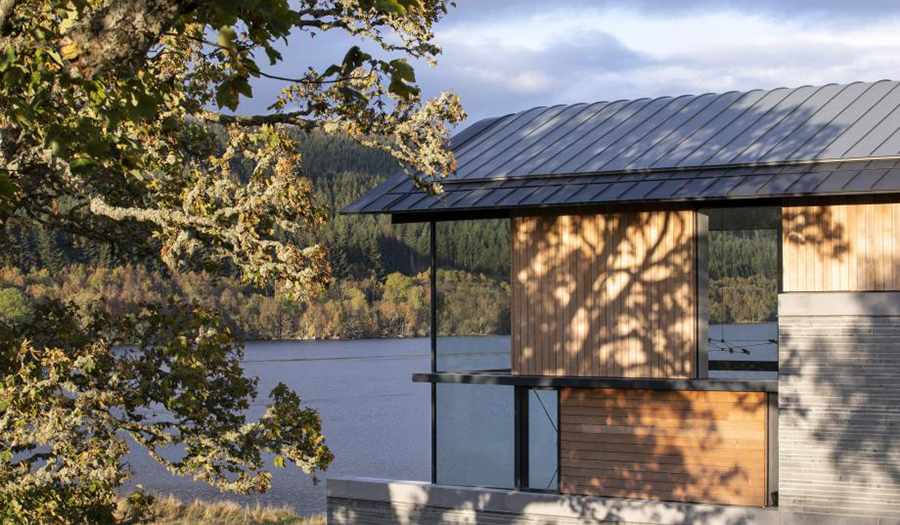The $500 million Indigenous Infrastructure Investment Fund (IIIF) allocated to both Aboriginal and Torres Strait Islander groups can be used not only to increase their economic participation, but also promote sustainability in critical resources they have no or limited access to. In this article, we will dig deep into how the funding can be used to promote sustainability in Indigenous communities.
 Photo: anao.gov.au
Photo: anao.gov.au
Impact Investing Partners, Indigenous Infrastructure Investment Fund
Impact Investing Partners (IIP), manager of the fund, states that the investment strategy of IIIF includes providing services that are aligned to United Nations Sustainable Development (UNSD) goals. This means providing services such as accessible health establishments, affordable and clean energy, and quality education are of significant importance. The fund will be spent to projects within three to five years across 15-20 direct investments.
Infrastructures Indigenous Groups Need
There is a rise in investors getting interested in responsible projects. The IIIF will only be invested in projects that impact Indigenous communities socially and economically, which means Indigenous groups will benefit from the fund from building the infrastructure to employment. This also means that they will have more economic engagement in fields such as leasing and procurement. Ultimately, as mentioned, the fund will aide in providing critical assets Indigenous groups have no or less access to. Three of the assets where IIIF could be allocated to are reliable electricity, access to quality healthcare facilities, and clean and safe drinking water.

The $3.6 million Decarbonising Remote Communities initiative in Queensland can be used as a model for the fund allocation. Remote and Indigenous communities’ Doomadgee, Mapoon, Northern Peninsula Area, and Pormpuraaw will be slowly shifting from diesel power to solar through the initiative. On the other hand, the foreword from New South Wales’ Bureau of Health Information 2016 report mentions that as opposed to non-Indigenous Australians, Aboriginal people often experience poorer health. This is why Exemplar Health’s pragmatic and cost-effective Bendigo Hospital, placed in remote Indigenous communities, is also another inspiration in promoting sustainability in Indigenous communities. In terms of sustainable agriculture, more Aboriginal communities could benefit from projects similar to South Eveleigh’s Yerrabingin Indigenous Rooftop Farm.
Certified Energy offers sustainability consultancy services such as local energy compliance reports with the help of our Ecologically Sustainable Development (ESD) Consultants, assessing environmental impact through NABERS rating scheme, and measuring sustainable buildings, fit outs, and communities based from Green Star ratings. Other consultancy services we offer include assisting in the assessment or accreditation for SECTION J, JV3, NatHERS, BASIX, BESS, and Life Cycle Assessment. Contact us at 1300 443 674 and together, we can create a sustainable environment for the owners of the land.






